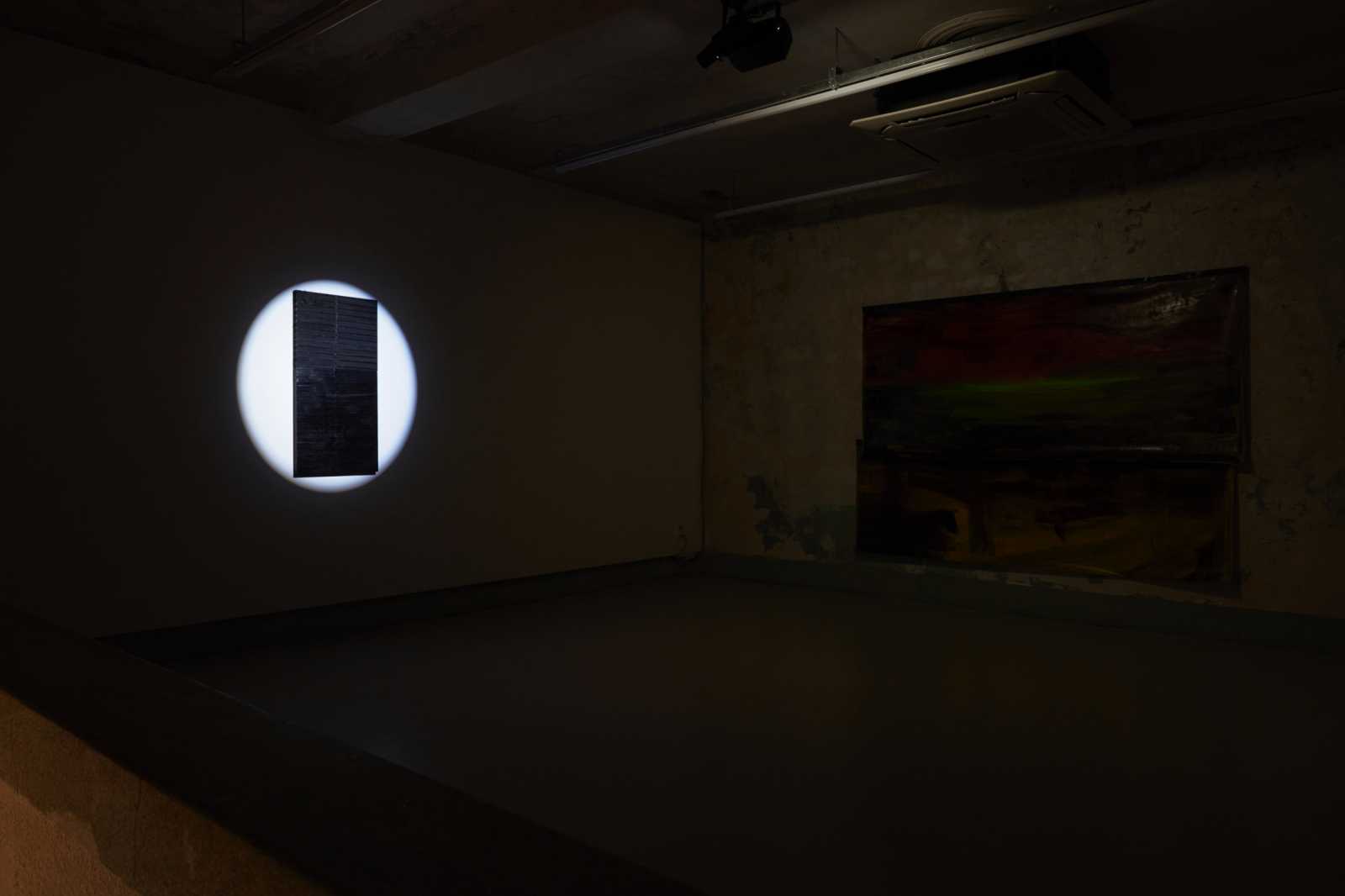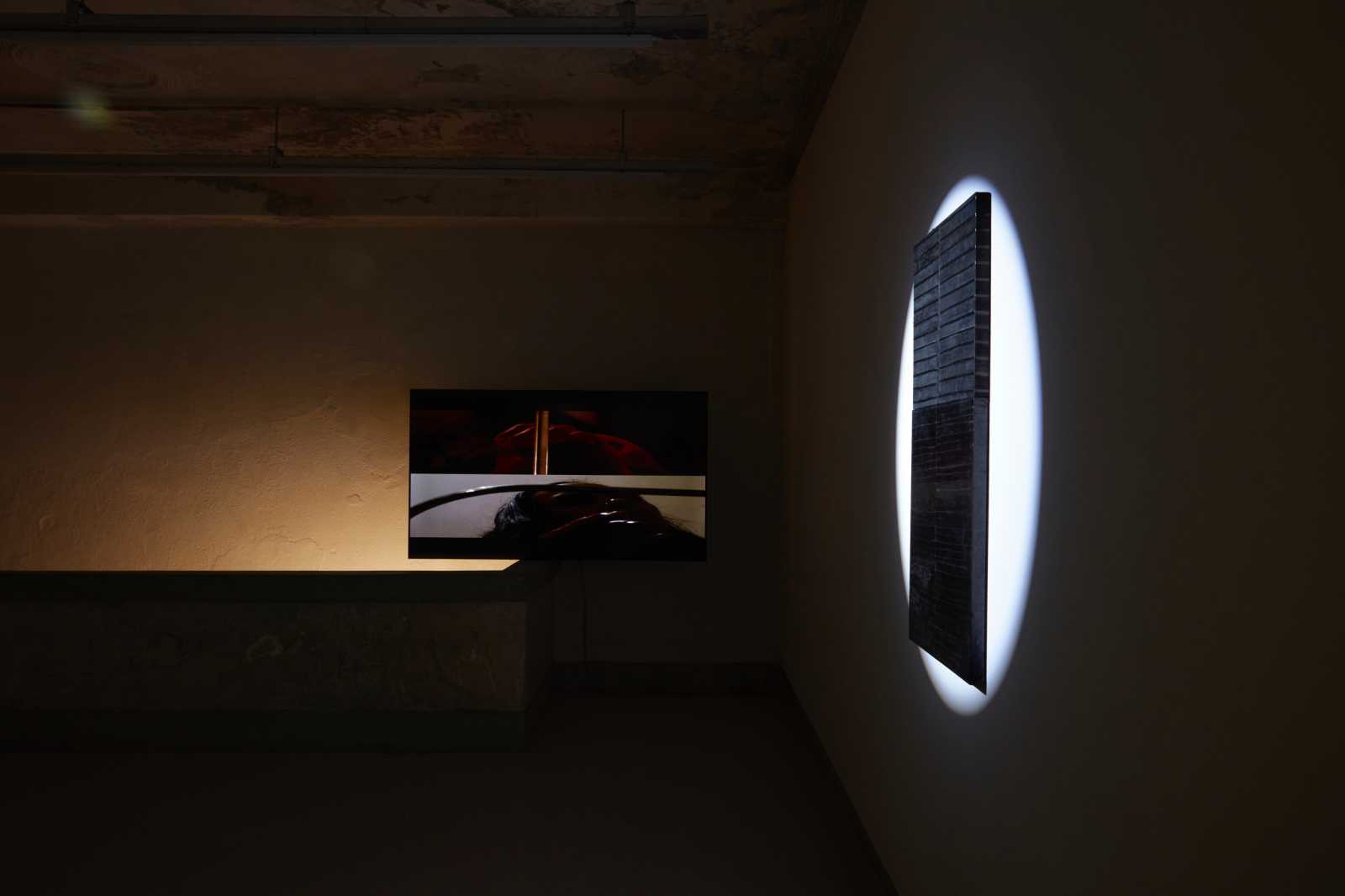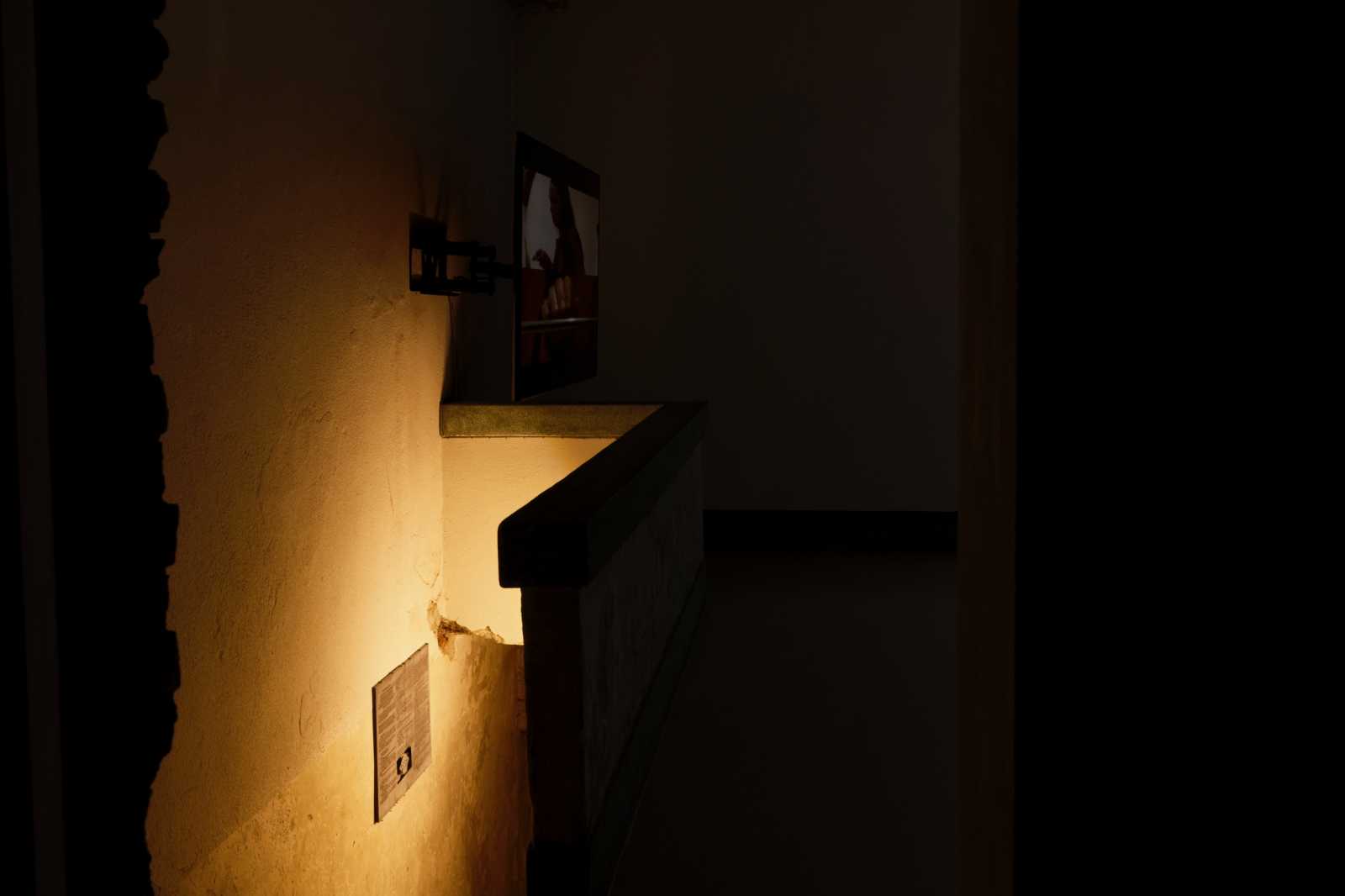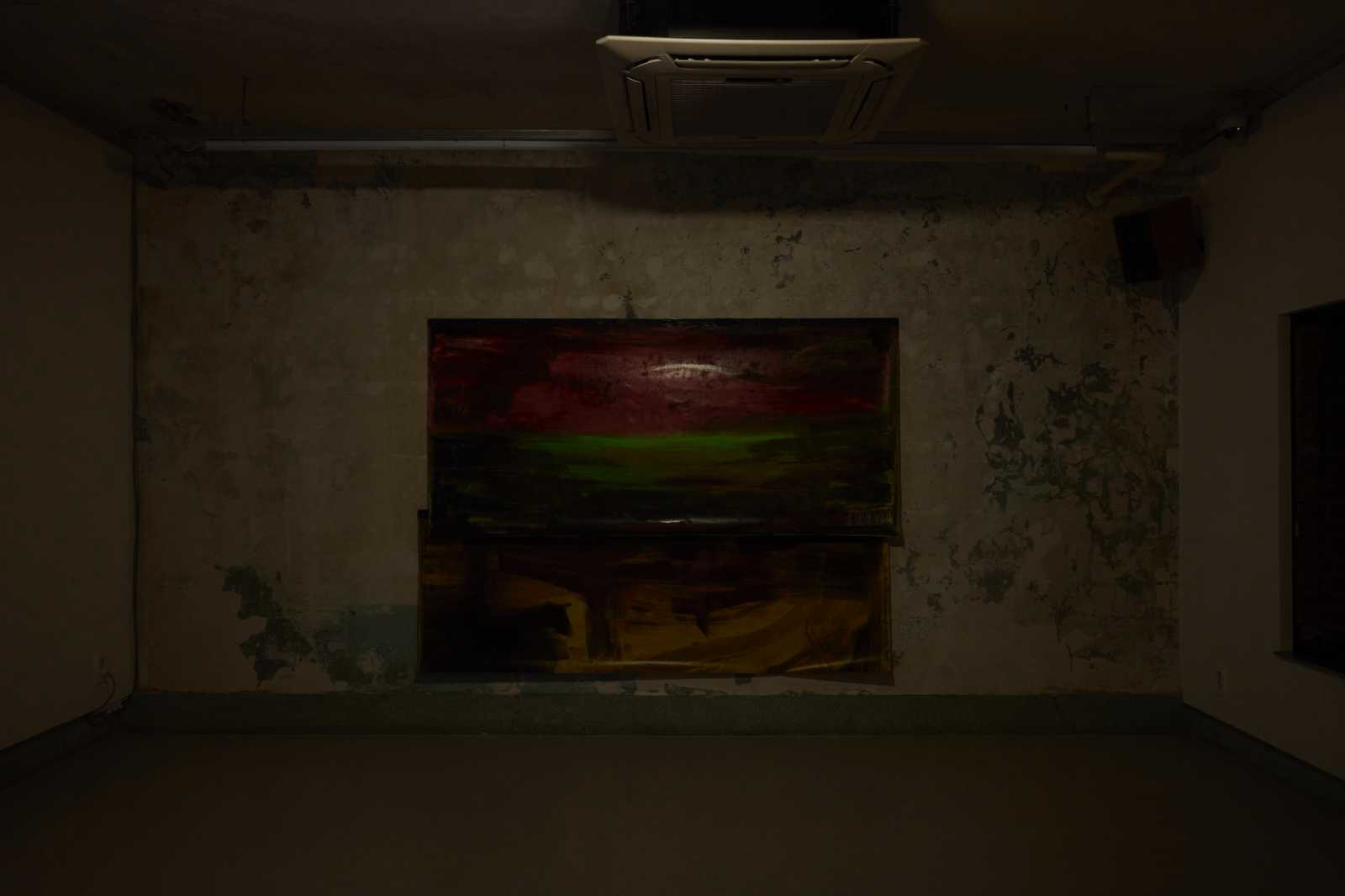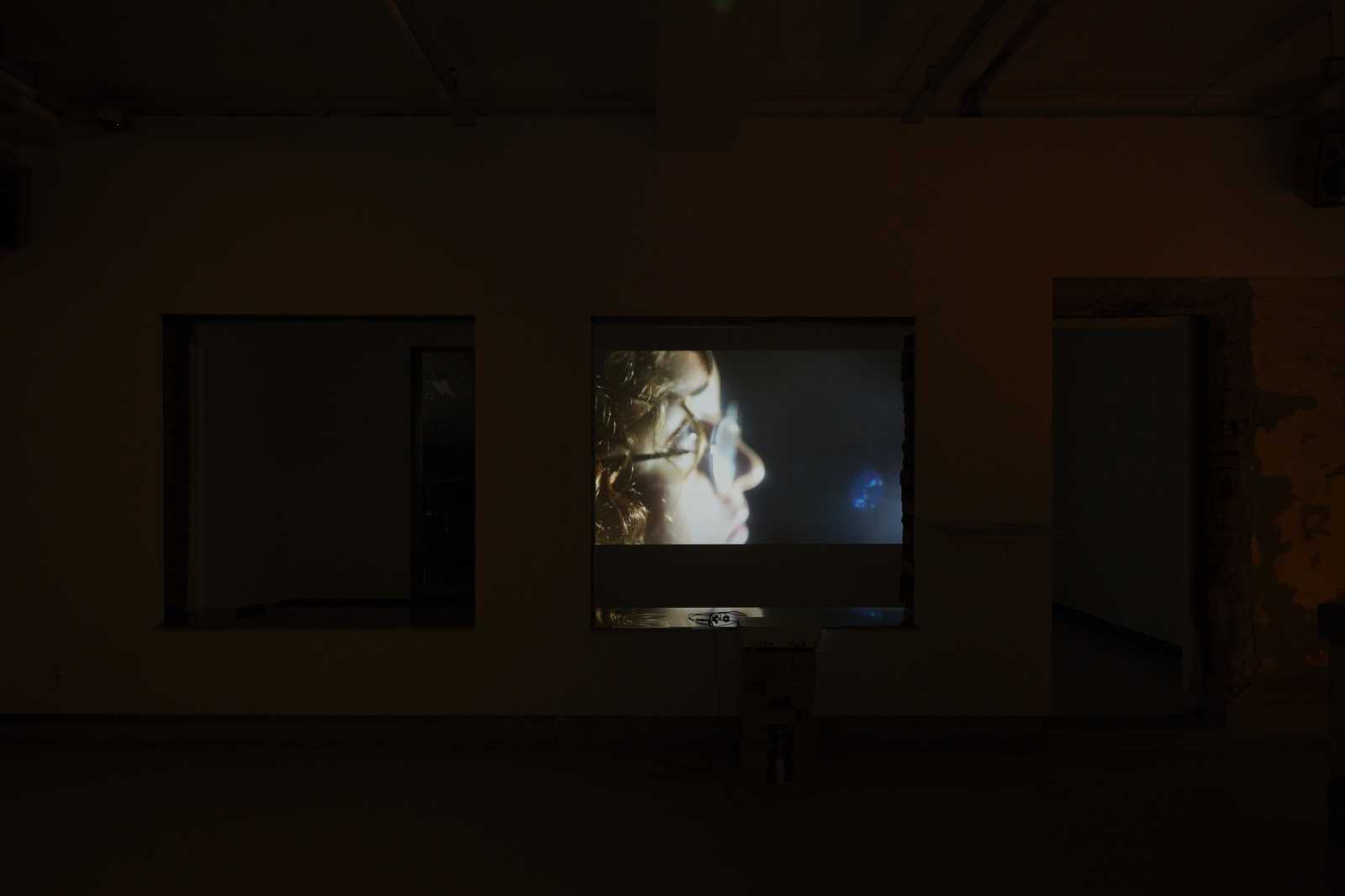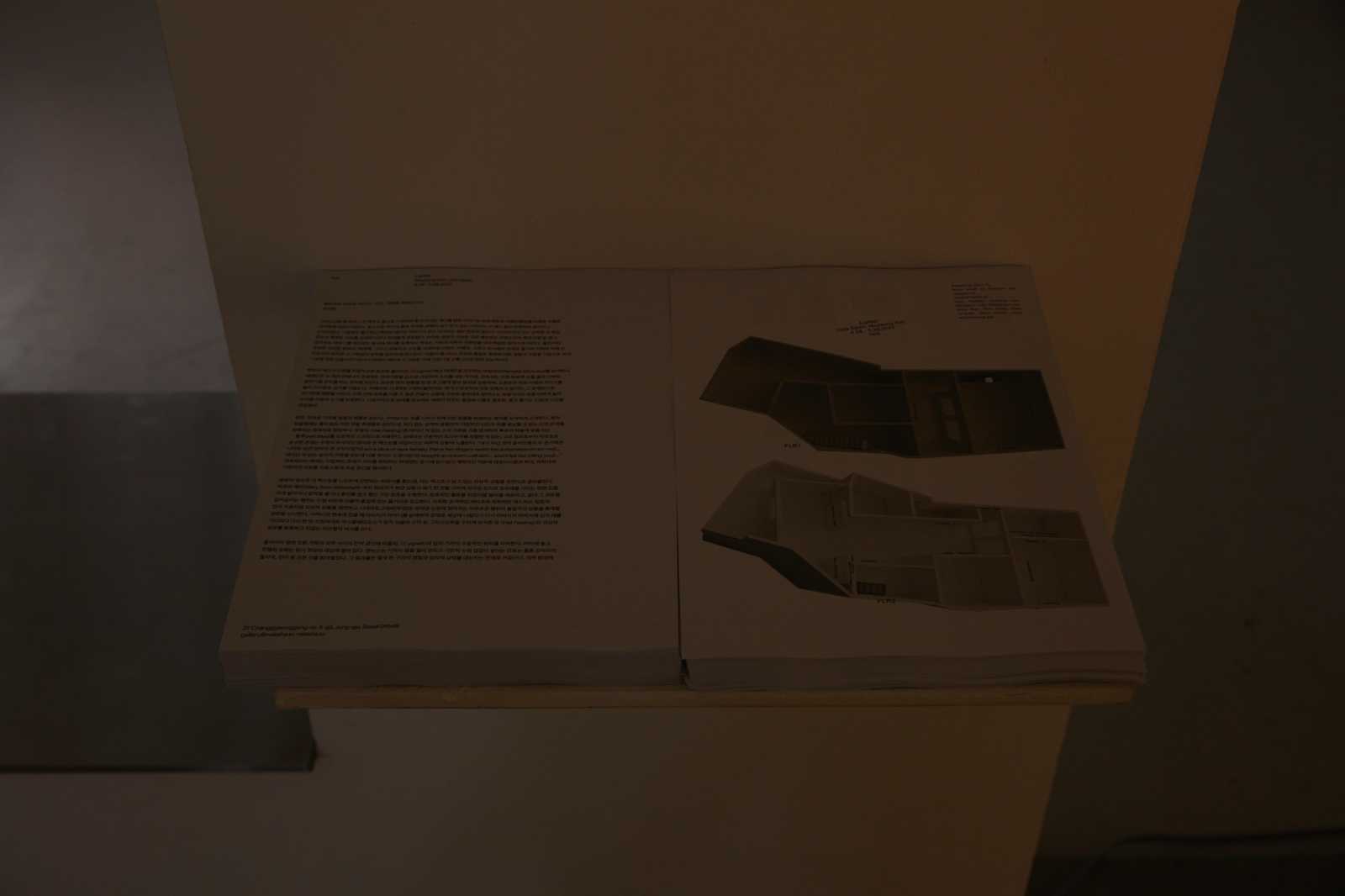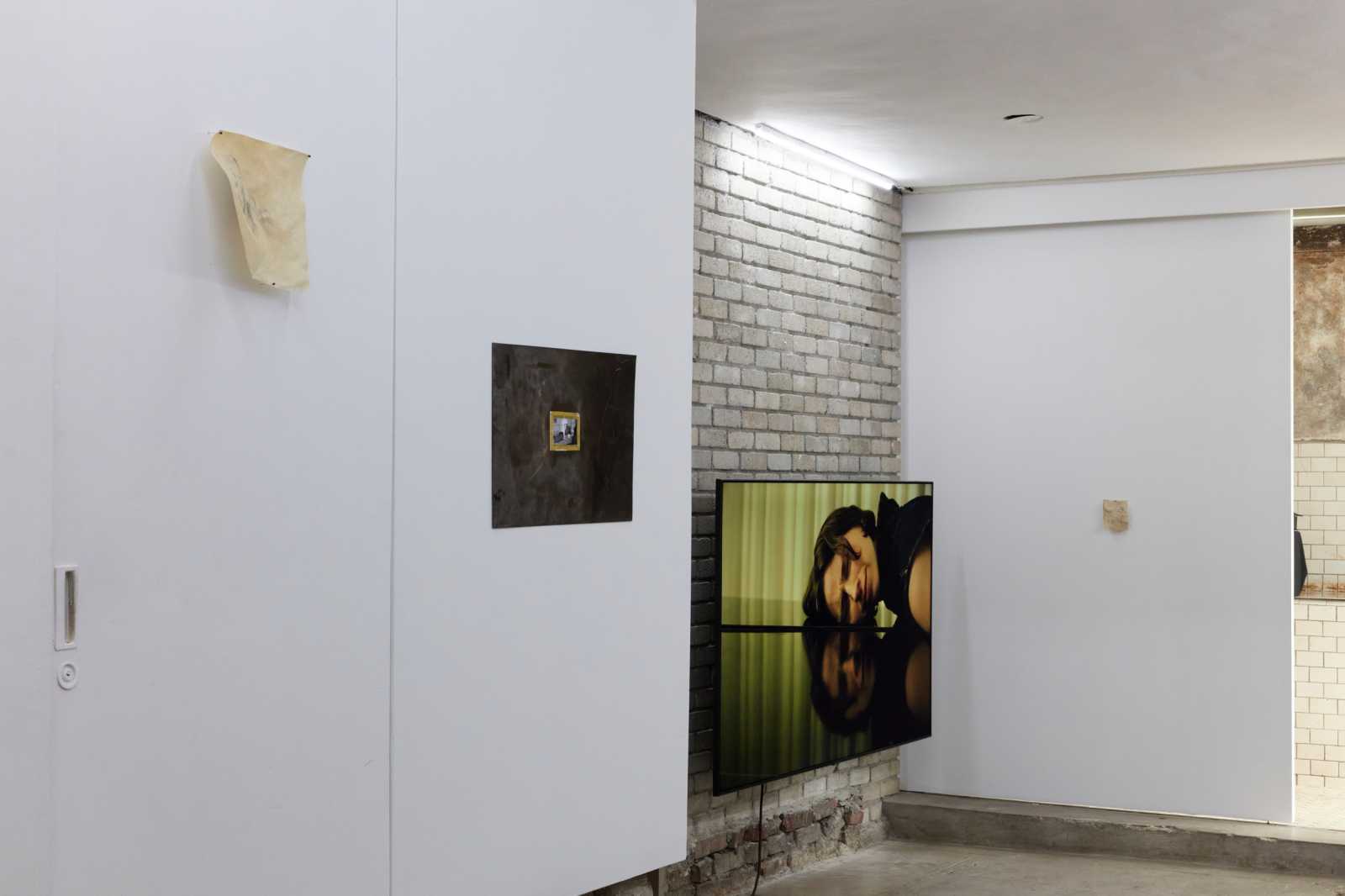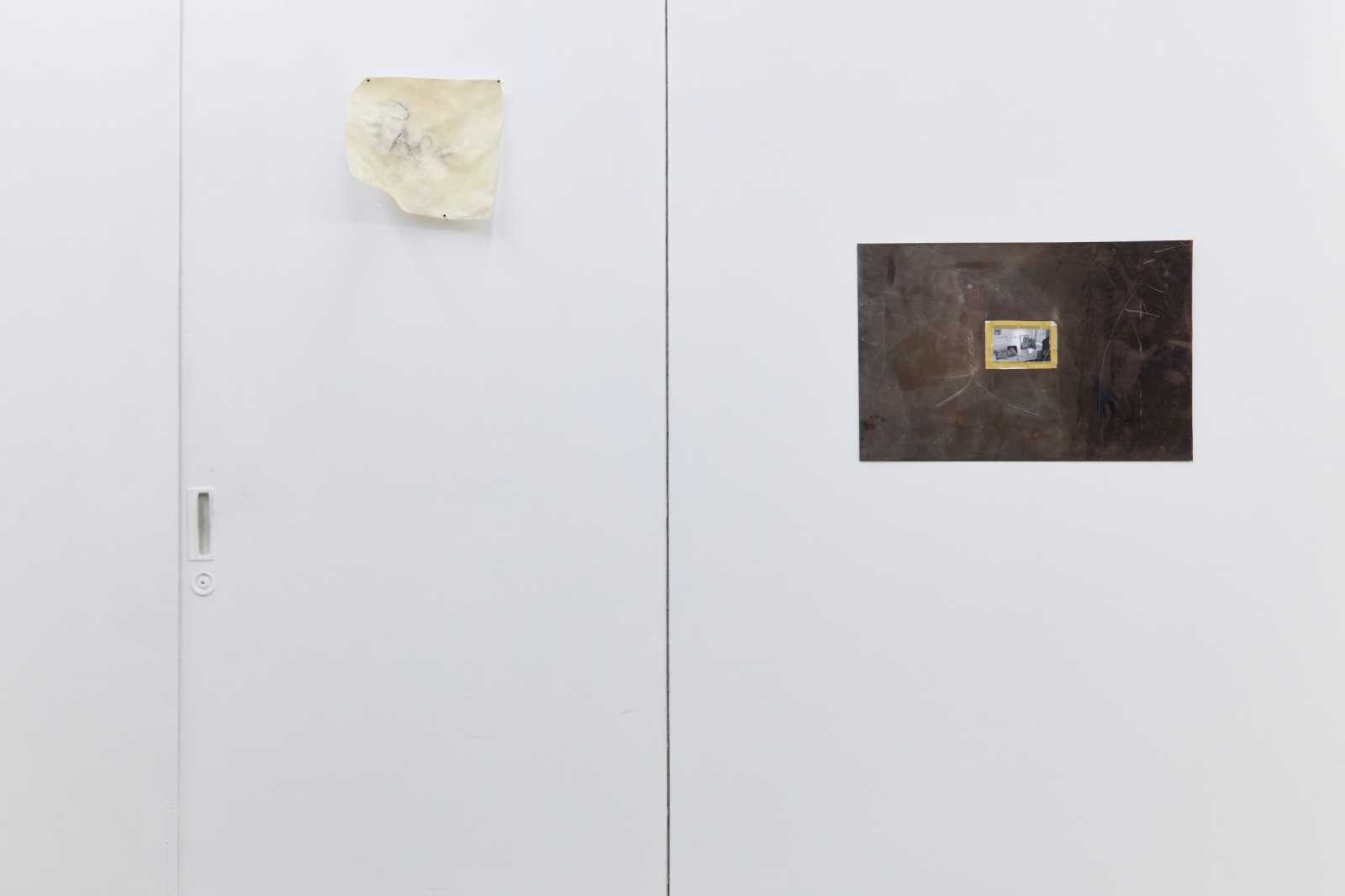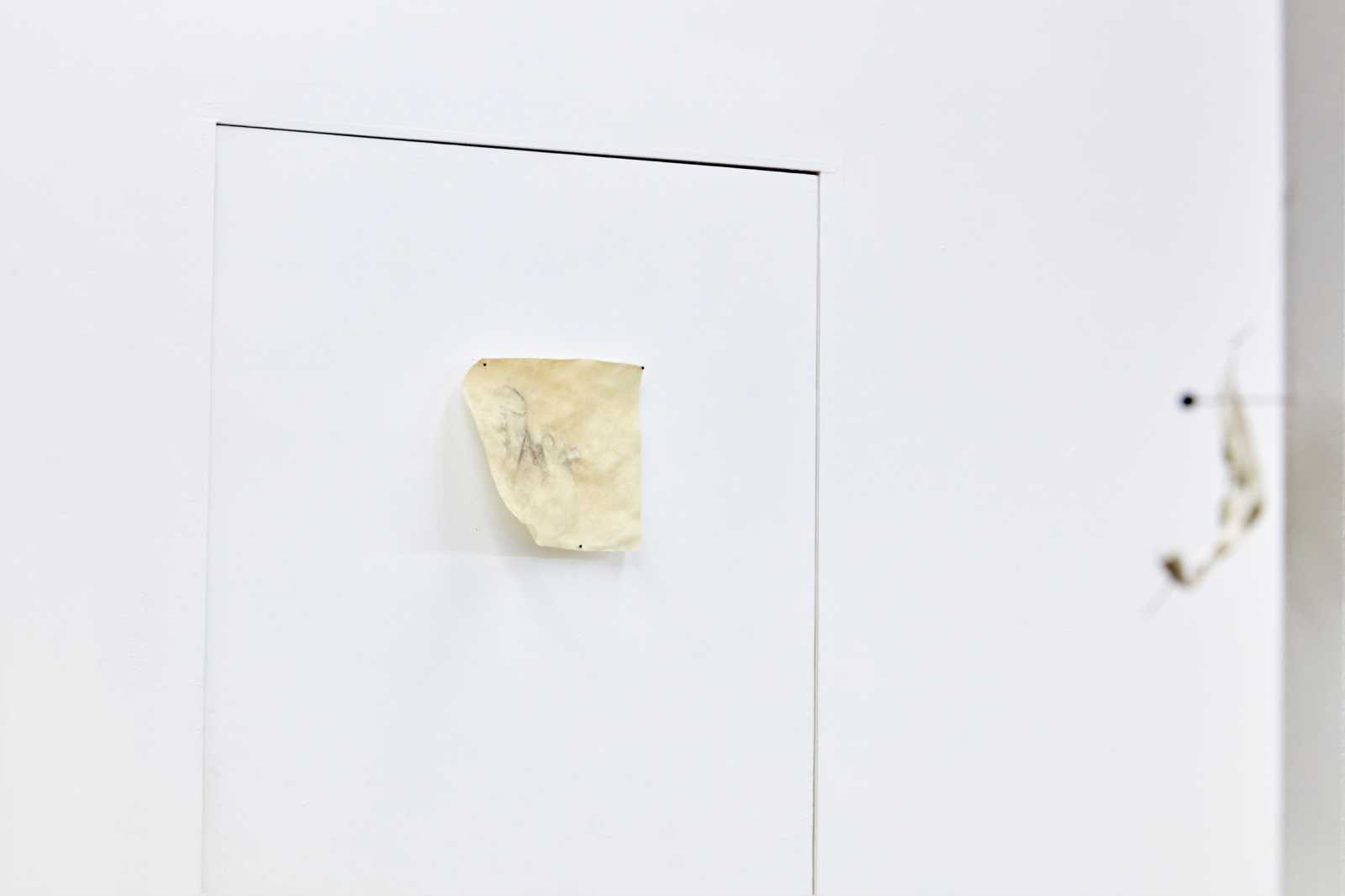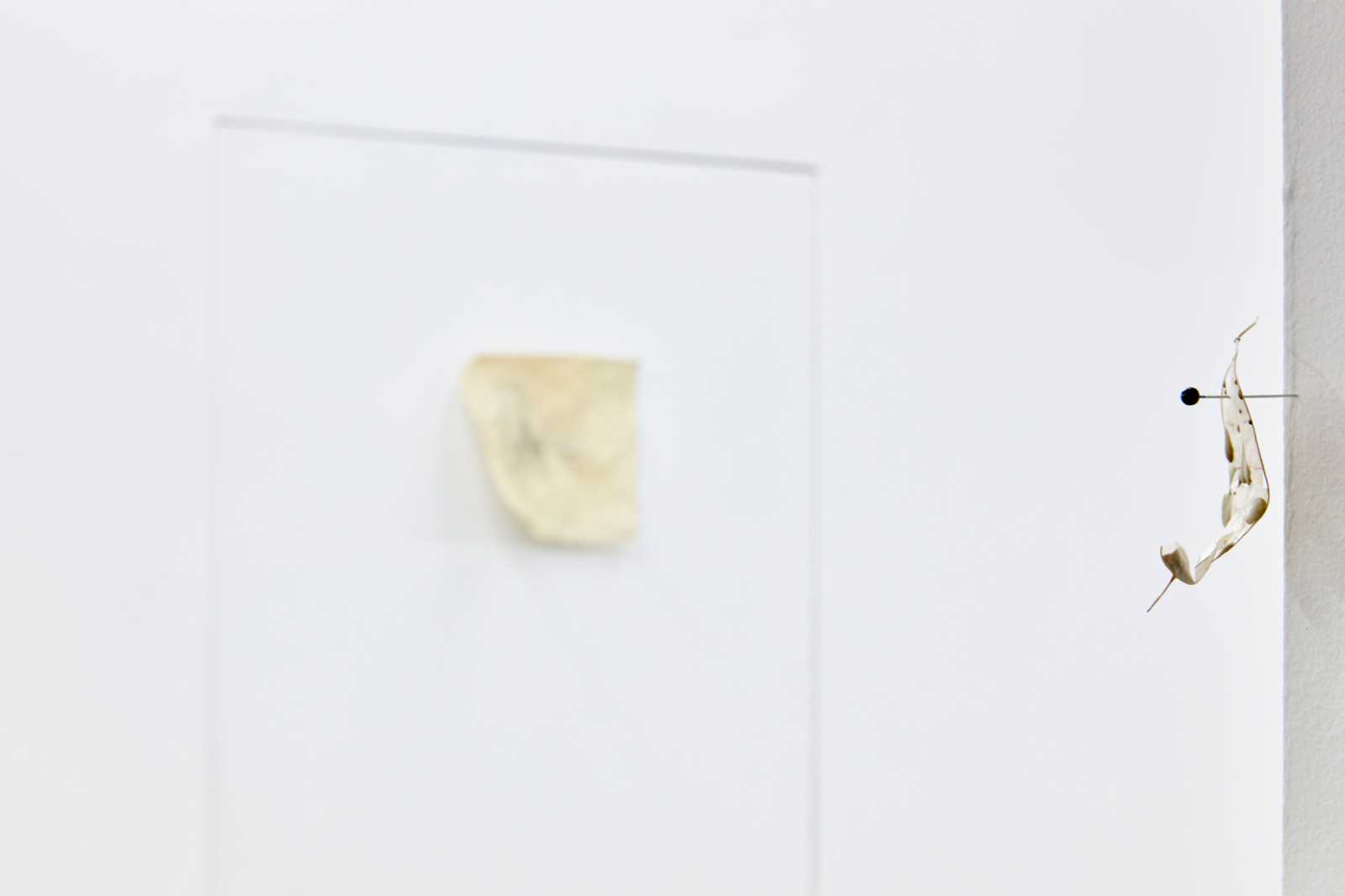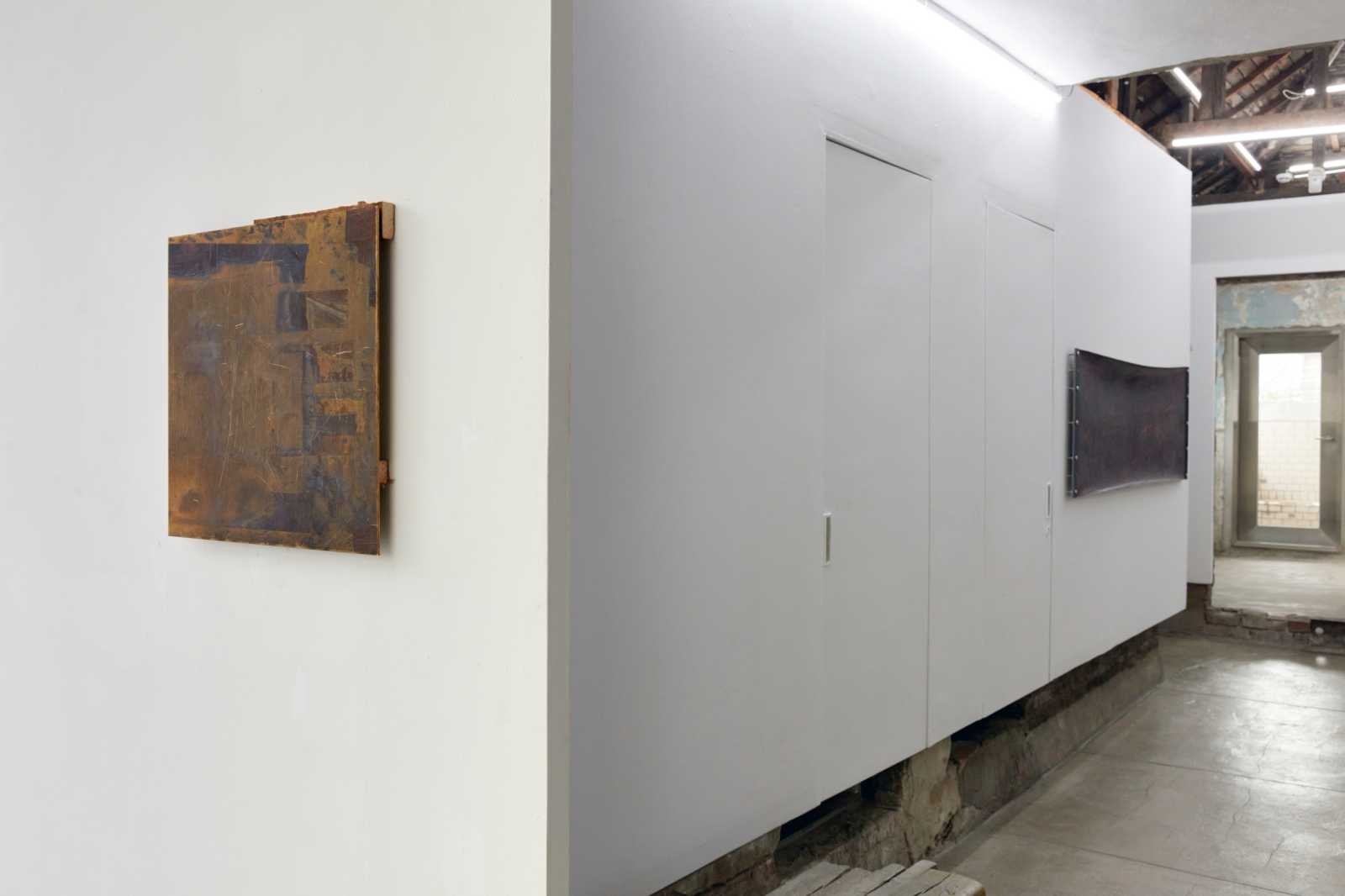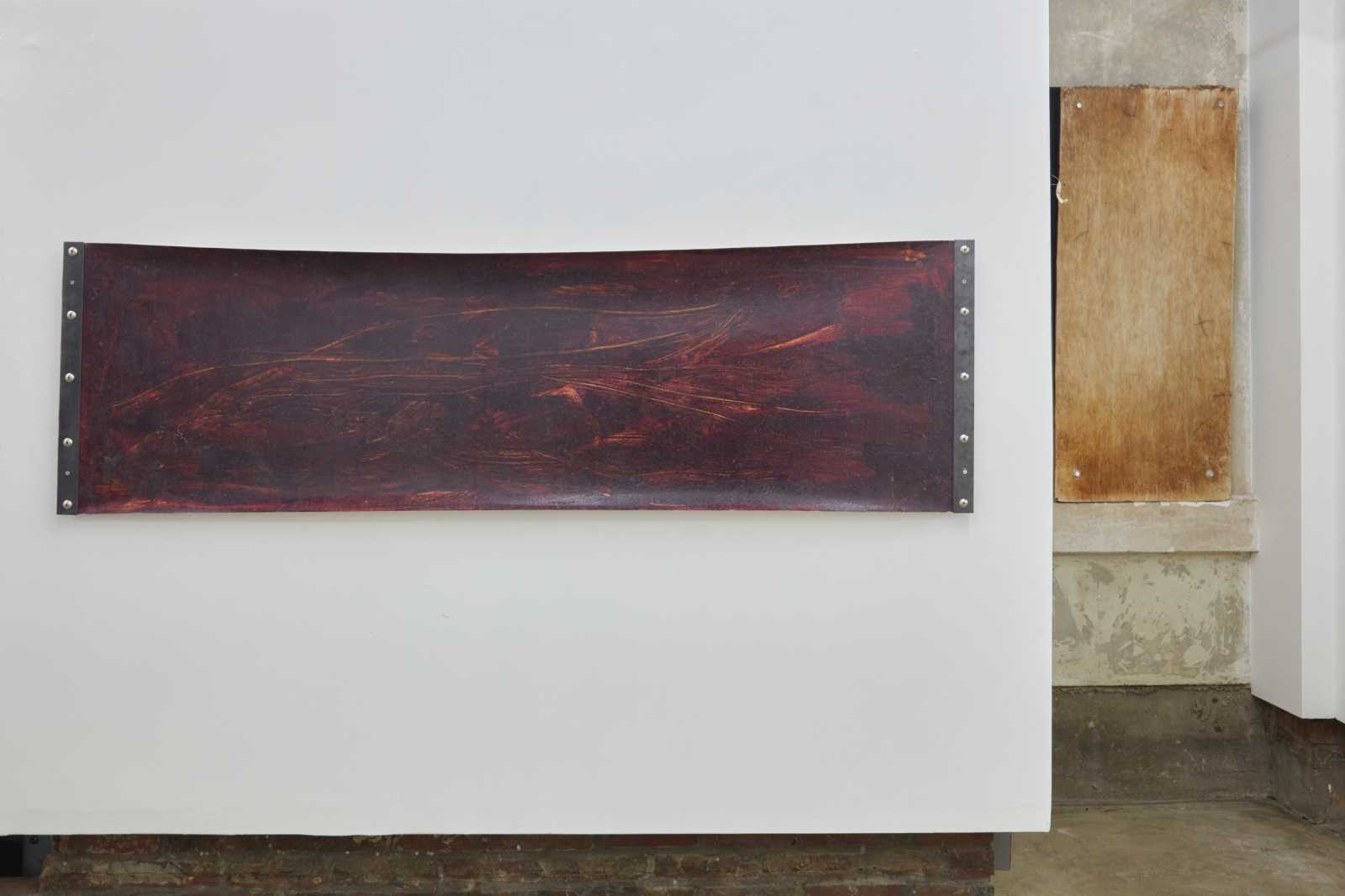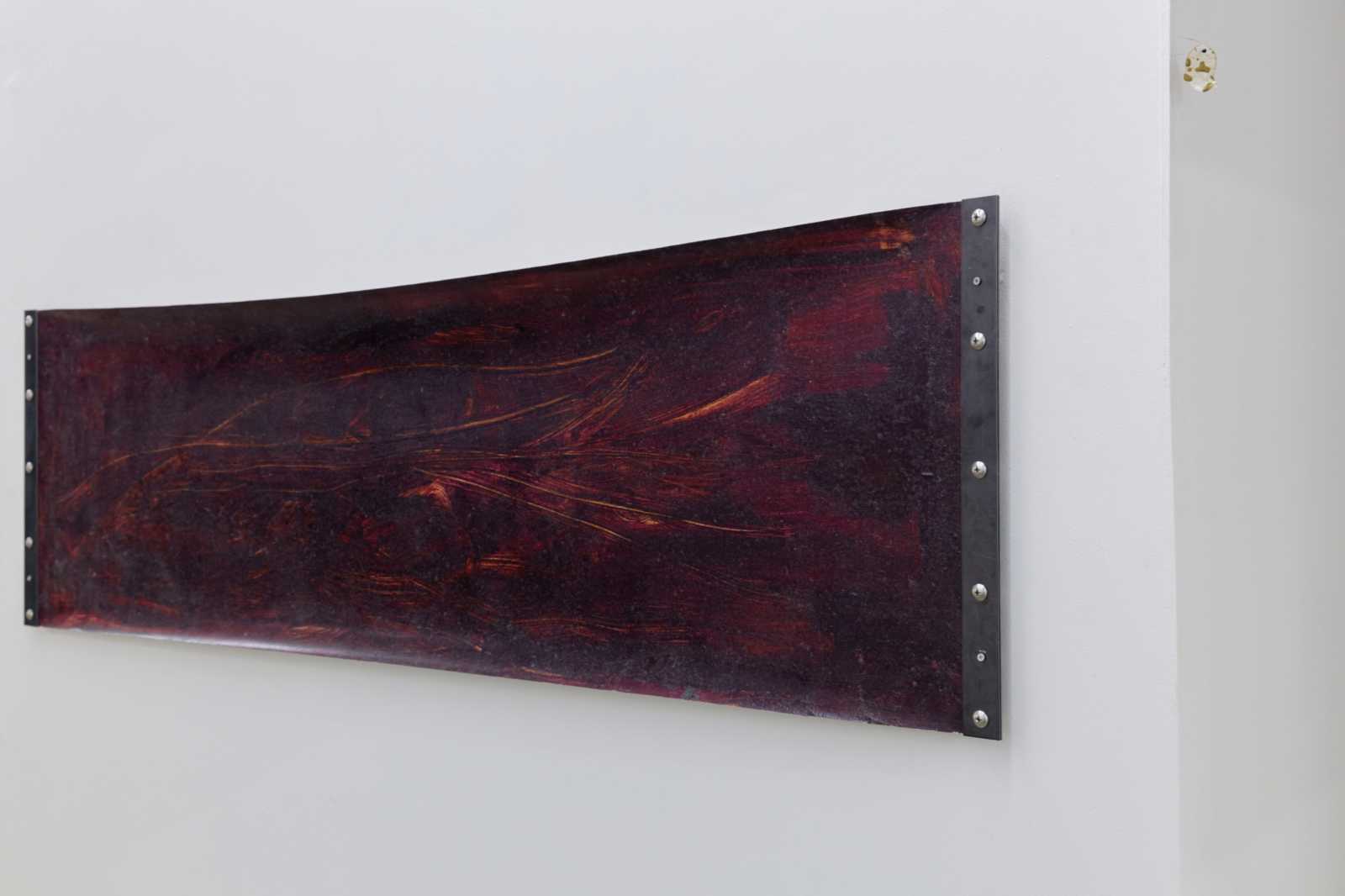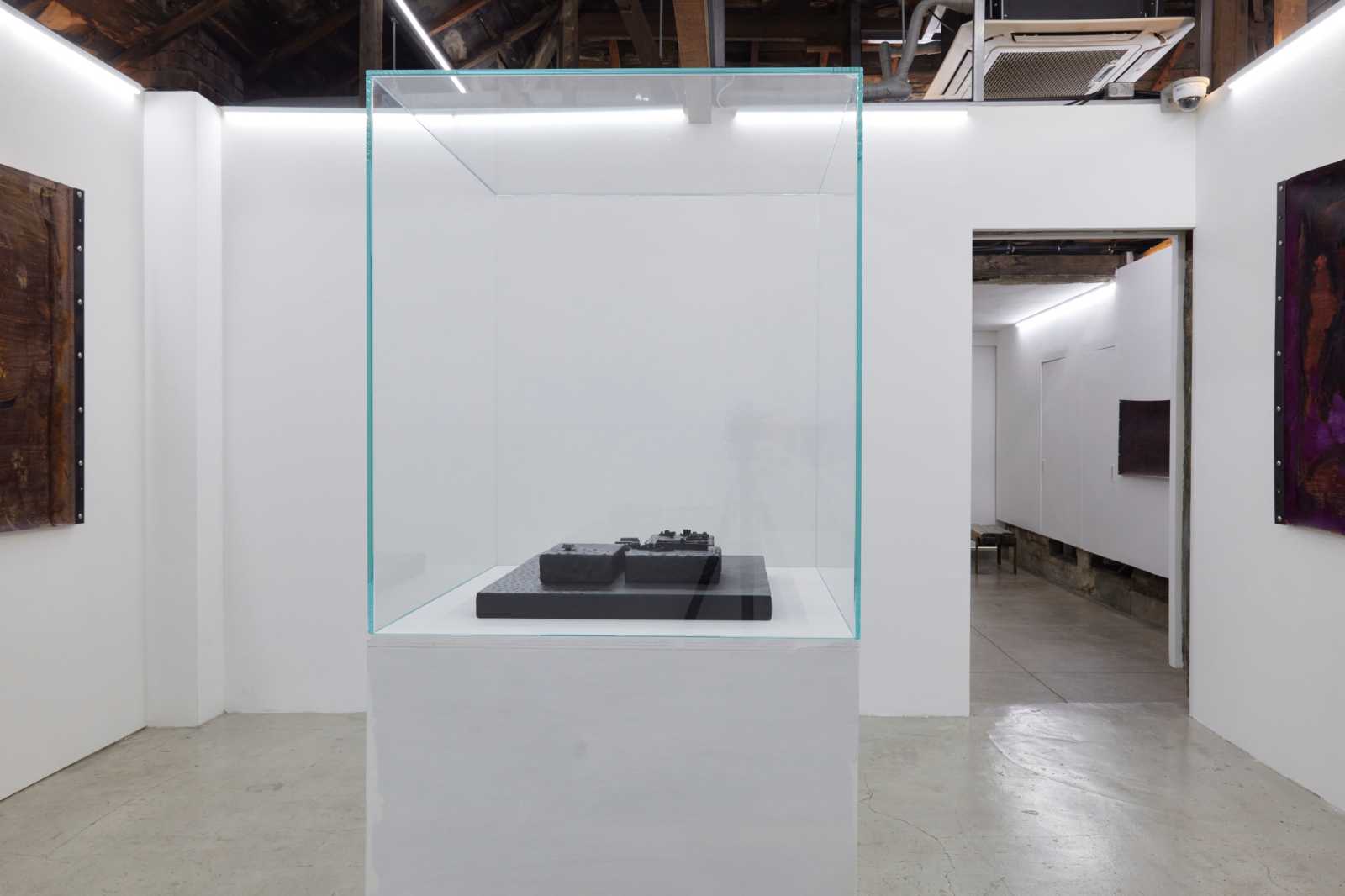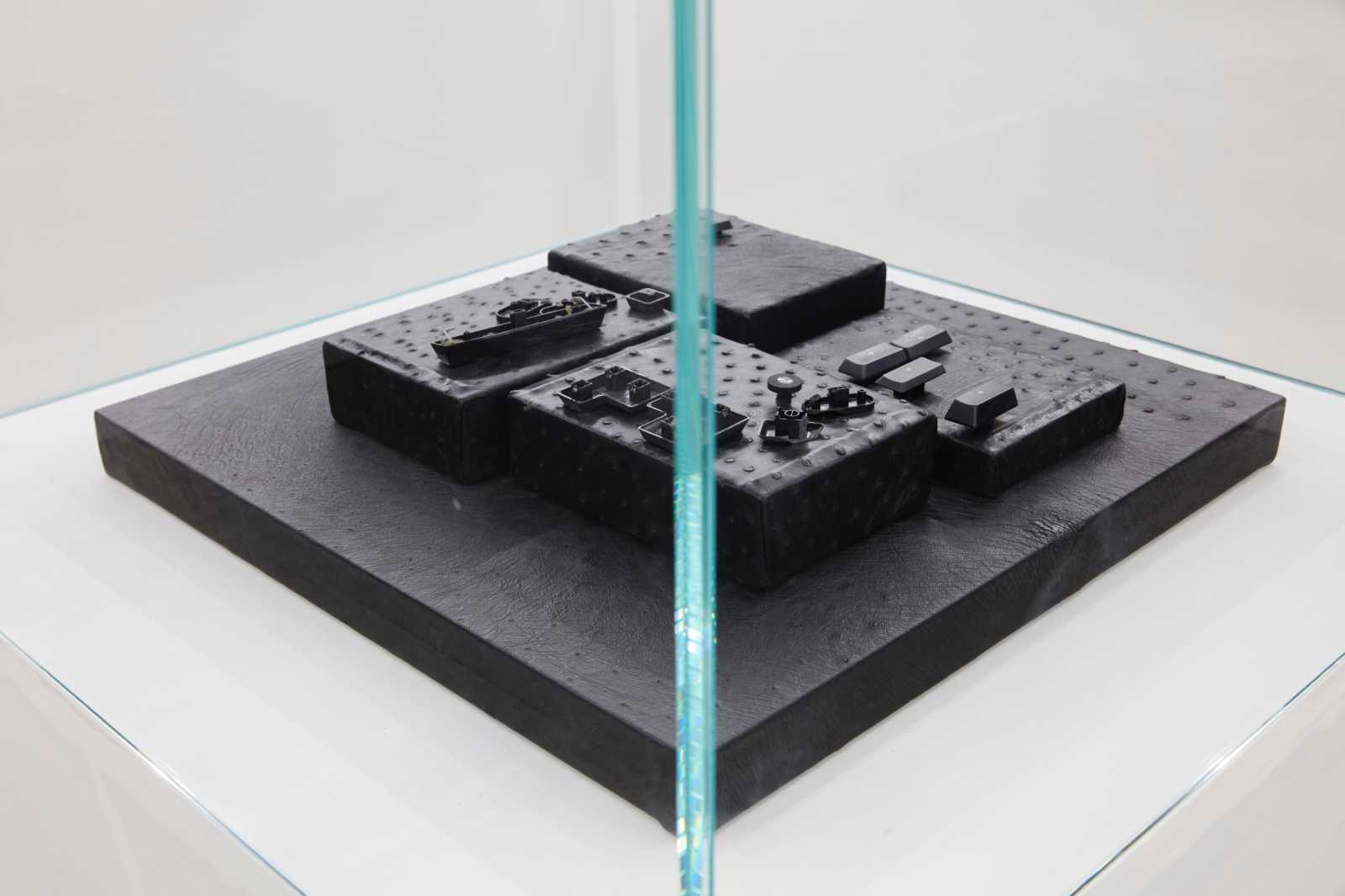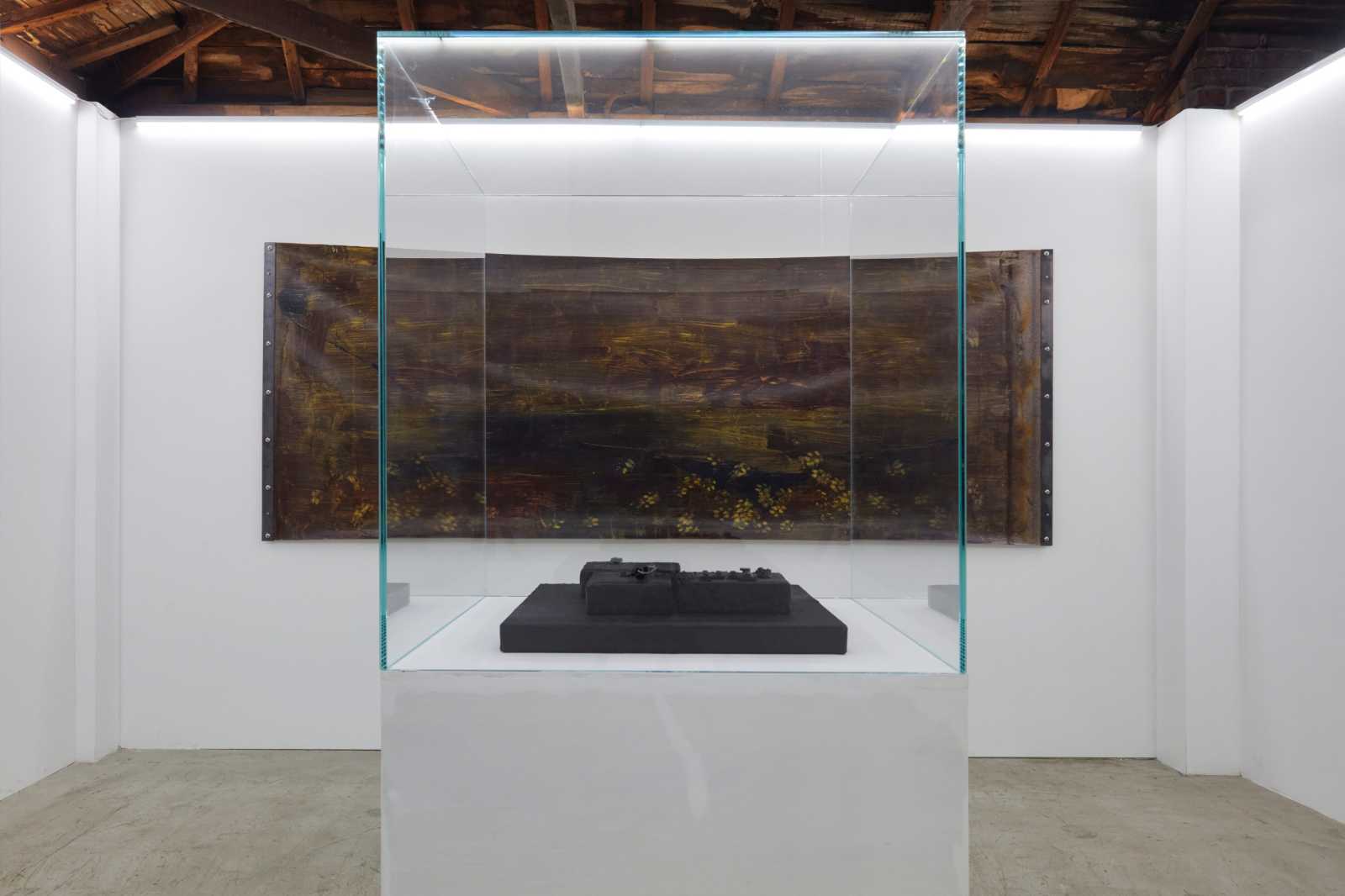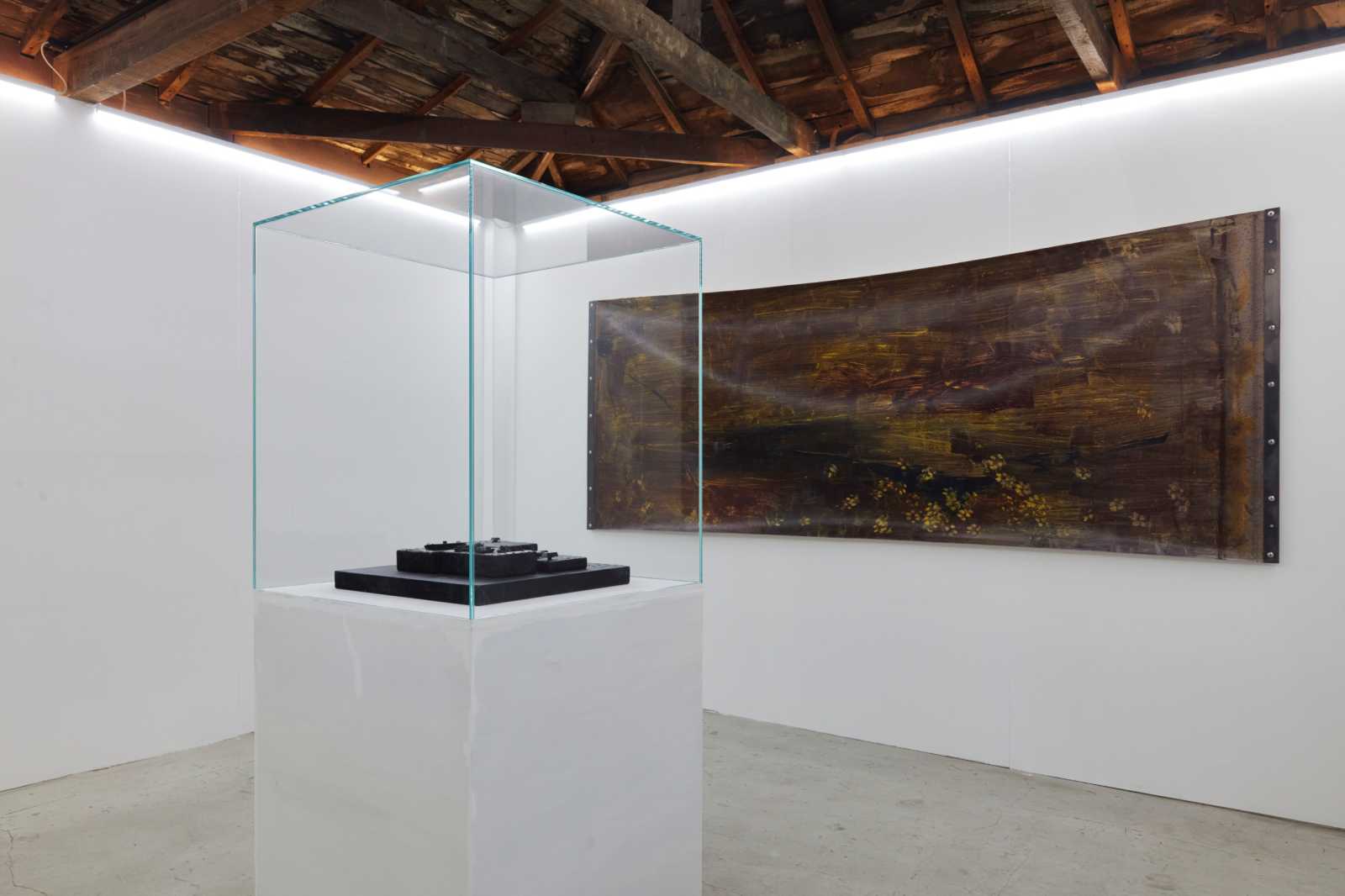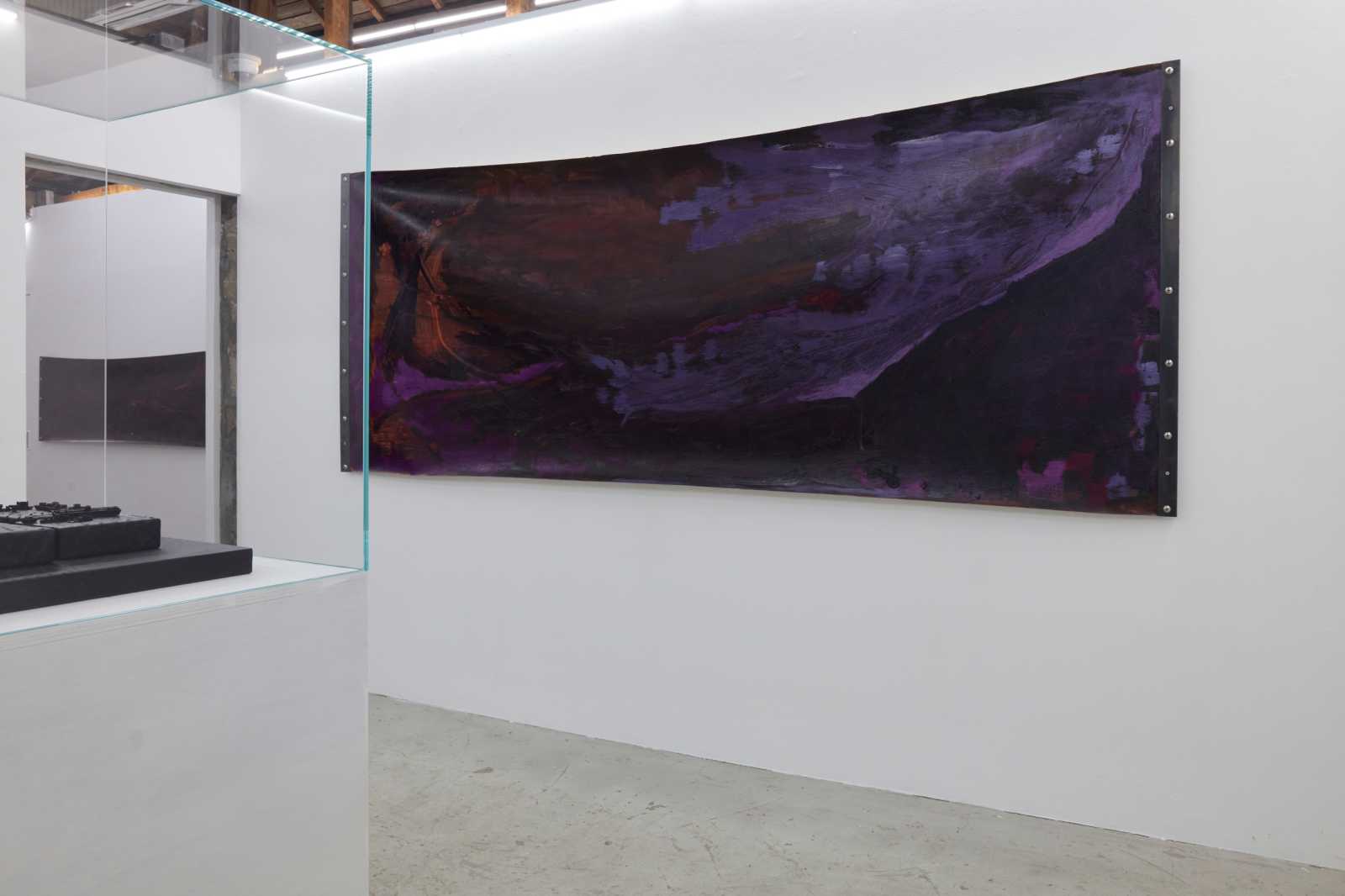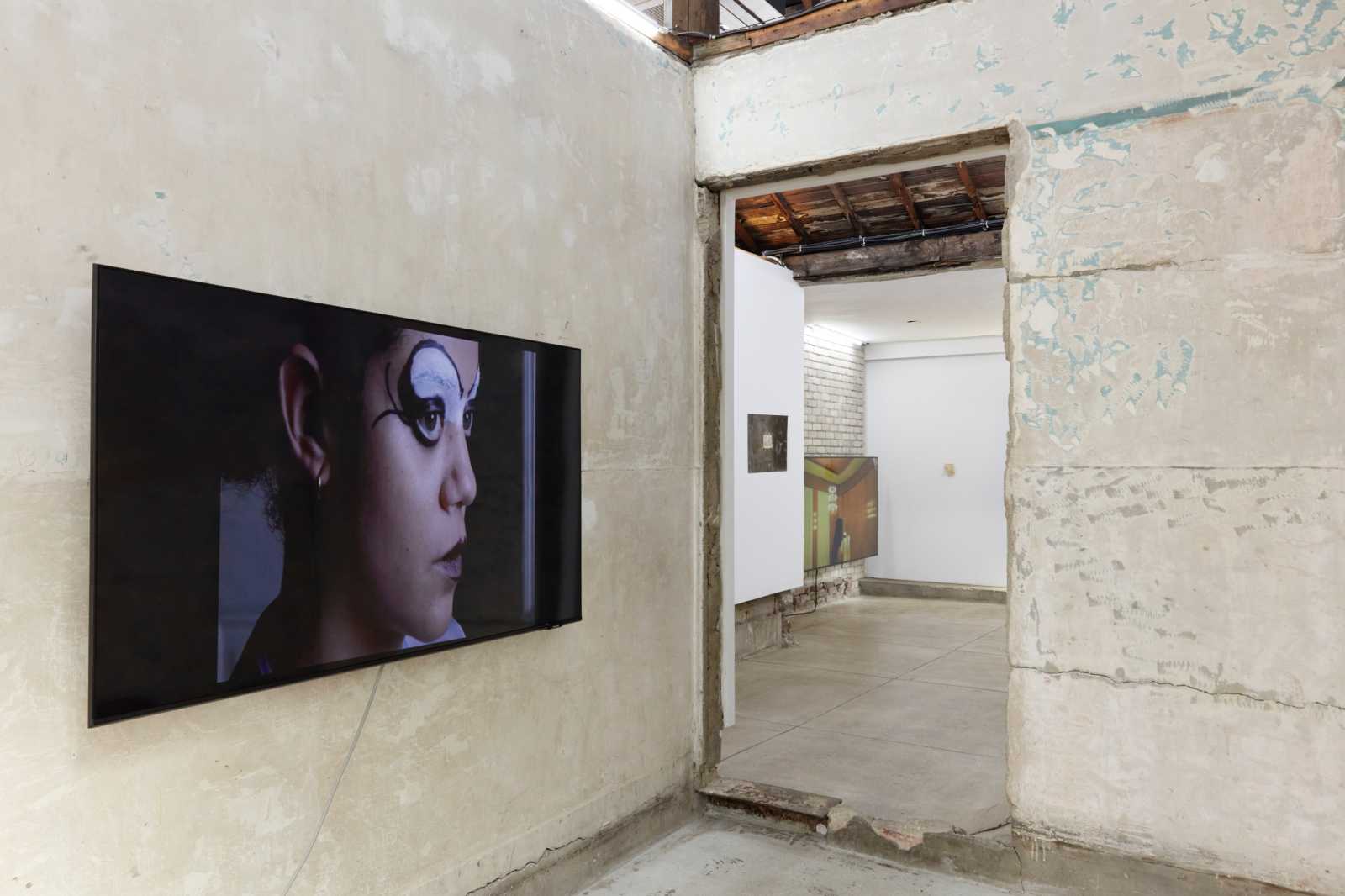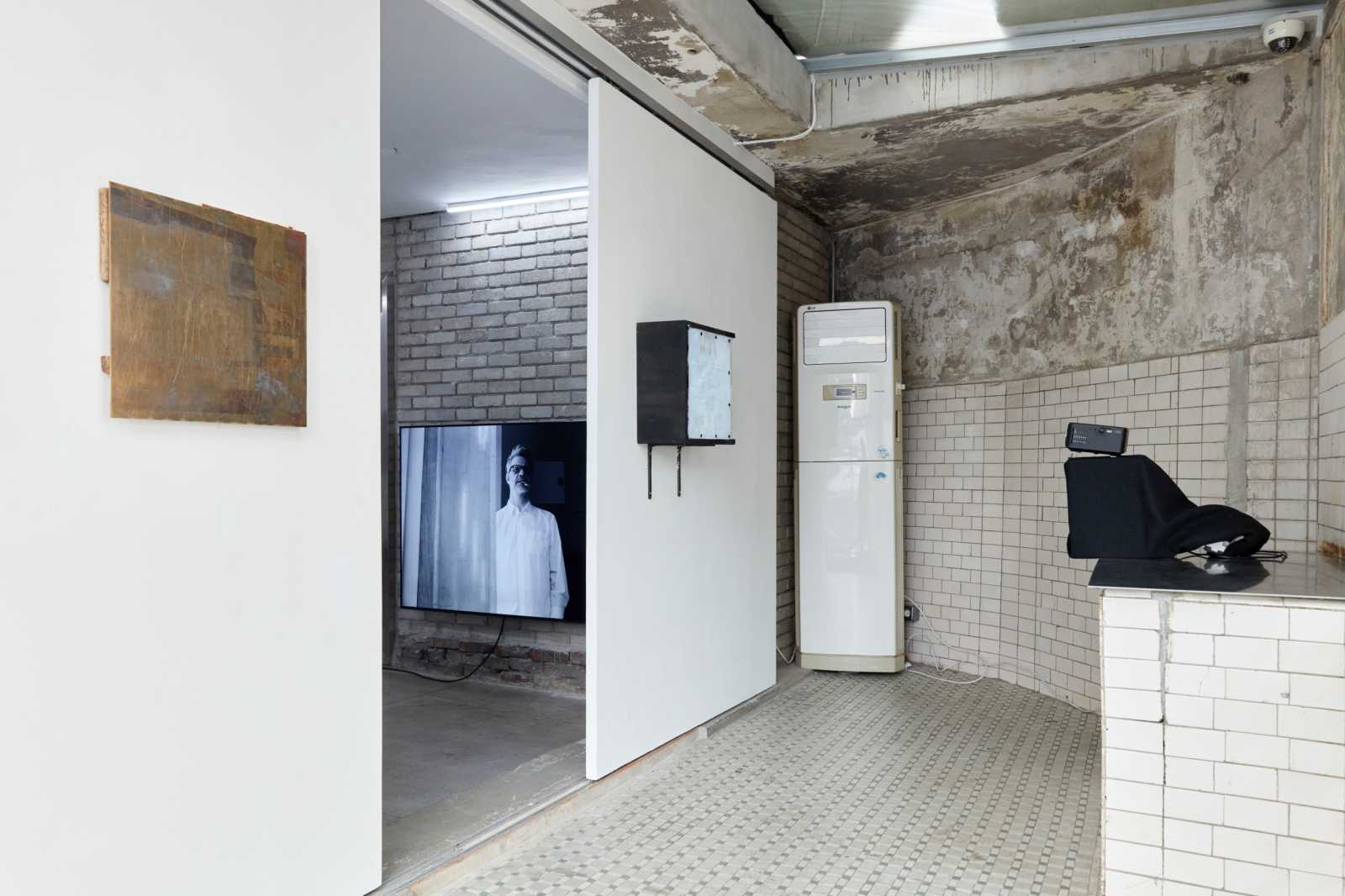Julia and Muyeong’s ‘Lighter’ event – The Narrative of Mediated Violence
Jiwon YuIn Greek mythology, Zeus coveted Leda, the wife of the King of Sparta, in the guise of a swan, and this story had inspired numerous masters such as Tintoretto and Michelangelo. The image of a desirable woman's body and an elegant pure white bird entangled together has been repeatedly produced and consumed for centuries. Nevertheless, the fact that the myth of the swan and Leda fits into the narrative of rape does not change. The two powerful axes within this story, sensuality and violence, coexist in peril rather than offset each other. This coexistence is plausible, most probably due to the role of deception and mediation of the swan. The swan which seduces Leda, instead of Zeus assaulting the queen, leads the dichotomy of sadism and masochism into a more complex realm. As such, Julia and Muyeong bring the triangular layout of aggressor-medium-victim into the relationship among cinematographer-camera-subject. The artists persistently delve into the double-facet of the perspective of an observer behind the camera and its sadism. The images and materials presented are based on the artists’ experience and thoughts of violence, so they are painful yet sensual because they are rather akin to a play full of ambiguous metaphors, than descriptions of violence.
Taking direct reference from the myth of the swan and Leda, Julia explores Pamelia Stickney playing the theremin in ‹Cygnet›. Theremin is a musical instrument that produces sound by manually interfering with the electromagnetic field created by two antennas. At a glance, the musician seems to be pretending to play a string instrument by extending both hands in mid-air. The left hand is rolled as if holding a cylinder and moves up and down around the imaginary form, while the right hand feels the air as if pressing down on something directly below it. The camera and the cinematographer (Julia) do not come into direct contact with the instrument or performer, but their presence itself affects the magnetic field. As two harmonized notes keep on running away to a moaning-like range of note, Pamelia hurries her hand movements to recover the sound repeatedly. The theremin performance, which reminds us audiovisually of sexual love, prolongs the tense time of almost reaching the climax, chasing and being chased.
On the other hand, Muyeong uses leather as a kind of symbol of sacrifice. The Old Testament introduces in detail the ritual of sacrificing young animals for the forgiveness of sins. Especially on Passover, an impeccable lamb would be sacrificed, and only a pure white animal without sin is suitable as a mediator to recover the relationship between a defiled human being and God who cannot tolerate sin. Muyeong's ‹Hat Feeling› uses leather of an unborn calf as a projection screen, dyed in chrome wet blue which has a unique light blue tint. A pure being who has never experienced the fundamental trauma of conception, and therefore is free from original sin, is exposed to a masochistic situation of a text written in English, a foreign language for Muyeong. “I am a slice of rape fantasy that is two fingers worth the suffocation of not-me… I bought an unborn calf skin... and it felt like killing you…” The medium of substitutionary atonement is a scapegoat to which defiled beings entrust their selves. At the same time, due to its luster and charm, it opens up a space where eroticism and abuse, masochistic and sadistic viewpoints can slyly move about.
A homonymous video follows a performer who loosely stages the aforementioned text by bringing the traumatic experience contained in the text onto the surface. The performer Mary Bom Kahama performs mouth movements such as biting a pill, chewing and spitting out paper, or opening her mouth wide while indicating an object with her index finger, just as a criminal would point out one’s acts during a crime scene inspection. Providing a contrivance to accept the primitive fury and finally swallowing up the rage transform the scene into a compelling spectacle along with the drum beat. Such aggressive metaphors and masochistic gestures re-enact the traumatic situation like a kind of theatrical therapy and confer upon the cinematographer (Muyeong) the authority to control the liberal actions and unforeseen circumstances that unfold before his eyes. While Asclepius was still in his mother's womb, his father murdered his mother. Being forced out to the world, he was again planted in his father’s thigh until the right time, and got pulled out again and later becomes the god of medicine. As if reflecting this Greek myth numerous times, ‹Hat Feeling› creates a non-linear narrative that reciprocates and reverses trauma and healing.
Julia's painting also stays in the residual space between sadism and masochism, but unlike ‹Cygnet›, it willingly assumes a passive status. The oil painting placed on the floor, was open to intervention in-situ. The canvas willingly flung opened its body, lying on the floor and accepted everything from dog's paw prints and dust, to all the pigments being coated several layers. The result is eventually reborn as an existence that replaces the experience of a certain segment and the psychological state. The fragile canvas, conceived while exposed to the external environment, hangs on hooks without being framed, like a piece of leather stripped from one’s self. The camerabin Julia's ‹Stellectric Signs› also chooses to remain in a passive section like the canvas. Katrice Dustin wears clothes designed by Hedda Carlson, gets make-up done by Nina Kihlborg, and stands in front of Dani Tejedera’s camera. Julia’s camera simply intrudes into this scene, having no say about this scene that would appear in a film about the life and body of work of poet Mina Roy. While peeking at an event that had already taken place whether it was there or not, Julia's camera captures the coincidental effect and accident, and the moment of subtle transition, that is, the scene where the subject gradually incarnates in the form of a swan.
Muyeong’s ‹Lawyer› is inspired by Anton Chekhov's short story Home (1887), in which a father applies all the logic used in court as a lawyer to punish his young son who has learned to smoke. When this tactic utterly fails to convince his son, he changes his strategy and tells him any random made-up story while lying in bed. There was a king and a prince in a kingdom, and when the prince died early due to smoking, his father, who became old, could not protect his kingdom and eventually the castle fell. Touched by this simple story, the son promises not to smoke again. Through this process, the father gains insight into humans learning history through mythology and life through narrative and poetry, and accepts that “Medicine must be sweet, truth must be beautiful.” Perhaps the many devices introduced by Muyeong and Julia are problematic means of sweetening the inedible violence, and beautifying the truth which reveals itself ugly upon awareness of it. Such mediating device no longer keeps the relationship between masochism and sadism in a binary one, but drags it into a sticky and seductive swamp. Only when we carefully listen to the voices of the camera that hides the body of the attacker and of the leather that has become a kind of sacrifice for substitutionary atonement that a gap gapes open for the traumatic experience to transition into another narrative.
The title of the event placed between Muyeong and Julia, ‘Lighter,’ could be a mixture of emotions that are evoked by the lighter with the logo of the shop you frequent, the habit of your bored hand which keeps on touching a small object, the moment you strike a conversation with somebody in the guise of borrowing a lighter, one night’s playing with fire, or a light form of self-torture. ‘Lighter’ was conferred upon the duty of representing this event, but it has failed to completely explain or summarize it. So it remains in its place as an intermediary, an urge to ask/do more(‘er’) of ‘it’ which is merely an empty space. As the story is not yet finished.
율리아와 무영의 ‘라이터’ 사건 - 매개된 폭력의 서사
유지원
그리스신화 중 제우스가 백조의 몸으로 스파르타 왕의 아내인 레다를 탐한 이야기는 틴토레토와 미켈란젤로를 비롯한 수많은 대가에게 영감이 되었다. 탐스러운 부인의 몸과 우아한 순백의 새가 엉겨 있는 이미지는 수 세기 동안 반복되어 생산되고 소비되었다. 하지만 그럼에도 불구하고 백조와 레다의 이야기가 강간 서사라는 점이 변하지는 않는다. 이 이야기가 지닌 강력한 두 축, 즉 관능과 폭력은 서로를 상쇄하기보다 위태롭게 공존한다. 이러한 공존이 가능한 것은 백조라는 속임수이자 매개 덕분 일테다. 공격하는 제우스를 대체하는 동시에 레다를 유혹하는 백조는 가학과 피학의 이분법을 보다 복잡한 영역으로 이끈다. 율리아와 무영은 이처럼 침략자, 매개체, 그리고 피해자의 구도를 시네마토그래퍼, 카메라, 그리고 피사체의 관계로 옮겨와 카메라 뒤에 선 자로서의 위치와 그 가학성의 양면을 끊임없이 파고든다. 이들이 제시하는 영상과 물질은 폭력에 대한 경험과 고찰을 기반으로 하되 그것에 대한 진술서가 아닌 재연과 수행으로써 관능을 포기하지 않는다.
백조와 레다의 신화를 직접적으로 참조한 율리아는 ‹Cygnet›에서 테레민을 연주하는 파밀리아(Pamelia Stickney)를 탐색한다. 테레민은 두 개의 안테나가 조성하는 전자기장을 손으로 간섭하여 소리를 내는 악기로, 연주자는 언뜻 허공에 손을 올려 가짜로 현악기를 연주를 하는 것처럼 보인다. 카메라와 시네마토그래퍼(율리아)는 악기나 연주자와 직접 접촉하지 않지만, 그 존재만으로 자기장에 영향을 끼친다. 파밀리아의 연주는 연달아 어긋난 음으로 달아나고, 그는 손을 바쁘게 놀려 음을 되찾아 오기를 반복한다. 시청각적으로 성애를 연상하는 테레민 연주는 쫓고 쫓기는 긴장 속에서 관능을 극대화한다.
한편, 무영은 가죽을 매개체이자 일종의 제물로 삼는다. 구약성서는 죄를 사하기 위해 어린 동물을 희생하는 제의를 상세하게 소개한다. 특히 유월절에는 흠이 없는 어린 양을 희생물로 삼았는데, 죄가 없는 순백의 동물은 더럽혀진 인간과 죄를 용납할 수 없는 신의 관계를 회복하는 중재자가 된다. 무영의 ‹Hat Feeling›은 태어난 적 없는 소의 가죽을 크롬 염색하여 특유의 하늘색 빛을 띠는 웻블루(wet blue)를 프로젝션 스크린으로 사용한다. 잉태라는 근원적인 트라우마를 경험한 적 없는, 완전히 순수한 존재 위로 무영이 외국어인 영어로 쓴 텍스트가 투사되는 피학적 상황에 노출된다. "내가 아닌 것의 질식만큼의 두 손가락은 나라는 강간 판타지 한 조각이겠지(I am a slice of rape fantasy that is two fingers worth the suffocation of not-me)... 태어난 적 없는 송아지 가죽을 샀는데 너를 죽이는 느낌이었다(I bought an unborn calf skin... and it felt like killing you)...” 대속제라는 매개는 감정 이입의 대상인 동시에 폭력의 희생양으로, 에로티시즘과 학대, 피학자와 가학자의 시점을 의뭉스럽게 오갈 공간을 열어준다. 동명의 영상은 이 텍스트를 느슨하게 상연하는 퍼포머를 좇는데, 이는 텍스트가 담고 있는 외상적 경험을 표면으로 끌어올린다. 나아가 이는 일종의 연극 치료처럼 외상적 상황을 몸소 재연하되 시네마토그래퍼(무영)로 하여금 퍼포머의 자유로운 행위와 돌발적인 상황을 자신의 시점을 통제하도록 허용한다. 어머니의 뱃속에 있을 때 아버지가 어머니를 살해하여 강제로 잉태 당하고, 아버지의 허벅지에 심겨 때를 기다리다 다시 한 번 잉태한 그리스신화의 인물 아스클레피오스가 장차 의술의 신이 되었던 것처럼 ‹Hat Feeling›은 외상과 치유를 왕복하고 뒤집는 비선형적 서사를 쓴다.
율리아의 평면 또한 가학과 피학 사이의 잔여 공간에 머물되, ‹Cygnet›과 달리 기꺼이 수동적인 위치를 자처한다. 바닥에 놓고 진행된 유화는 물감의 겹겹 사이에 당시 현장의 개입에 열려 있다. 캔버스는 기꺼이 몸을 열어 보이고 가만히 누워 안료는 물론 강아지의 발자국, 먼지 등 모든 것을 받아들인다. 그 결과물은 결국 한 구간의 경험, 마음과 상태, 그리고 감정을 대신하는 존재로 거듭난다. 취약한 상태의 캔버스는 외부 환경에 노출된 채로 잉태되는 바람에 그 모든 것을 대변한다. 율리아의 ‹Stellectric Signst›의 카메라는 역시 캔버스처럼 수동적인 역할을 한다. 카트리스 더스틴(Katrice Dustin)이 헤다 칼슨(Hedda Carlson)이 디자인한 옷을 입고, 니나 킬포르흐(Nina Kihlborg)에게 메이크업을 받고, 다니 테헤데라(Dani Tejedera)의 카메라 앞에 선다. 율리아의 카메라는 시인 미나 로이(Mina Loy)의 삶과 작품 세계에 대한 영화의 일부분이 될 이 장면에 대한 발언권 없이 그곳에 틈입할 따름이다. 피사체가 서서히 백조로 육화하는 장면을 훔쳐보는 율리아의 카메라는 우연한 효과와 사고, 미묘한 전환의 순간을 건져 올린다.
무영의 ‹Lawyer›의 참조점이 된 안톤 체호프의 단편소설 「집」(1887)에 등장하는 아버지는 담배를 배운 어린 아들을 혼내기 위해 변호사로서 법정에서 사용하는 모든 논리를 동원한다. 아들에게 전혀 효과가 없자, 침대에 누워 마구 지어낸 이야기를 들려주는 편으로 전략을 바꾼다. 어느 왕국에 왕과 왕자가 있었는데, 왕자가 흡연으로 일찍 목숨을 잃자 노쇠해진 아버지는 왕국을 지키지 못해 결국 성이 함락되고 말았다는 단순한 이야기에 큰 인상을 받은 아들은 앞으로 다시는 담배를 피우지 않겠다고 약속한다. 이 일을 통해 아버지는 신화를 통해 역사를 배우고, 서사와 시를 통해 인생을 알아가는 인간 존재에 대한 통찰을 얻으며, “약은 달콤해야, 진실은 아름다워야(Medicine must be sweet, truth must be beautiful)” 한다는 것을 납득한다. 무영과 율리아가 동원하는 여러 장치는 어쩌면 약을 달콤하게 하고, 진실을 아름답게 하는 수단이다. 이러한 매개 장치는 피학과 가학의 관계를 더 이상 이항관계로 두지 않고 보다 복잡한 평원으로 끌고 간다. 공격하는 자의 몸을 숨겨주는 카메라와 일종의 대속제물이 된 가죽과 평면이 들려주는 목소리에 귀를 기울일 때 비로소 외상적 경험이 자신의 서사로 이행할 틈이 열린다.
무영과 율리아 사이에 놓인 이 사건의 제목 “Lighter”는 단골 가게의 상호가 적힌 라이터, 심심한 손이 작은 물건을 쉴새없이 만지작거리는 습관, 라이터를 빌린다는 빌미로 누군가에게 다가가 말을 붙여보는 순간, 어느 밤의 불장난이나 가벼운 자해의 심상이 한데 섞여 있다. “Lighter”는 이 사건을 대변하는 임무가 주어졌으나 그것을 온전히 설명하거나 요약하는 데 실패한 매개자로, 그저 빈칸에 불과한 “그것”을 더 달라/하자는(“er”) 충동으로 자리를 지킨다. 아직 이야기가 끝나지 않았으므로.
